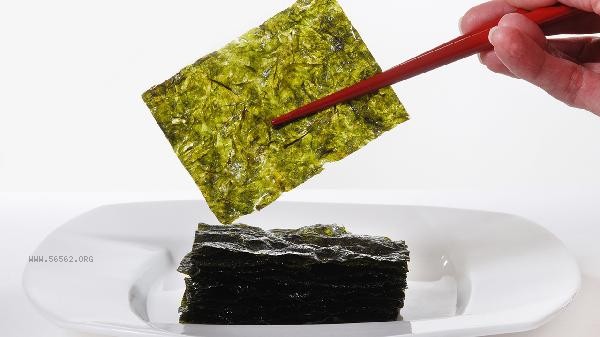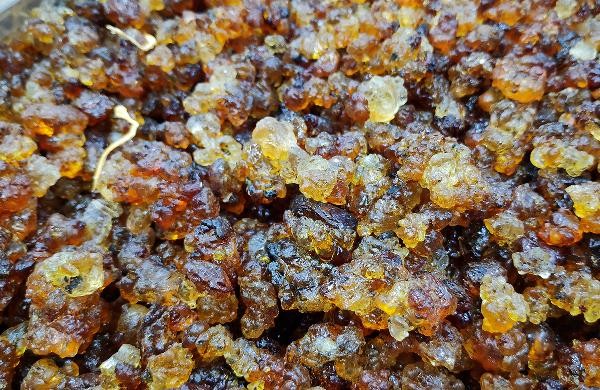Freshly caught seaweed can be preserved using methods such as drying and refrigeration, vacuum sealing, salting, low-temperature freezing, and short-term soaking. Seaweed is rich in protein, dietary fiber, and minerals, and improper storage can lead to nutrient loss or mold growth.

1. Drying and refrigeration method
Spread fresh seaweed evenly and air dry until completely dehydrated, or use a dryer to dry at low temperature. Dried seaweed should be placed in a sealed bag to expel air and stored in the refrigerator compartment. This method can retain most of the vitamin B12 and chlorophyll in seaweed, avoiding oxidative deterioration. Be careful to avoid direct sunlight that can cause pigment decomposition.
2. Vacuum sealing method
Put the washed and drained fresh seaweed into a food grade vacuum bag, vacuum it with professional equipment, and seal it. A vacuum environment can block microbial reproduction and can be stored for a long time at room temperature. Suitable for situations that require long-distance transportation, but should be consumed as soon as possible after opening. Before vacuum packaging, a small amount of edible salt can be sprinkled to inhibit bacterial growth.
3. Salinization method
Marinate seaweed in layers with sea salt according to weight ratio, and the salt concentration needs to reach a certain standard. During the process of salting, it is necessary to apply pressure to remove water and create a high osmotic environment to inhibit spoilage bacteria. The finished product needs to be refrigerated and fully soaked and desalinated before consumption. This method may result in the loss of some water-soluble vitamins, but it can extend the shelf life.

4. Low temperature quick freezing method
Clean fresh seaweed, drain the surface moisture, and spread it flat in a preservation box for rapid freezing treatment. The sub zero temperature can maximize the freshness and texture of seaweed, and the taste is close to fresh after thawing. Attention should be paid to avoiding repeated freeze-thaw cycles that may cause cell rupture, and dividing into small portions is more conducive to preservation.
5. Short term soaking method
Temporary storage: Seaweed can be soaked in filtered seawater and placed in a cool place with daily water changes. This method is only suitable for short-term storage, and the water temperature needs to be controlled within a lower range. A small amount of edible alkali can be added to water to maintain pH and prevent softening of seaweed tissue. It is recommended to handle it within two days to avoid nutrient loss.

During the storage process of seaweed, it is necessary to regularly check for mold spots or odors. Dried preserved seaweed can be quickly rinsed with warm water before consumption to avoid prolonged soaking. Salted seaweed is suitable for making soup or cold dishes. After thawing frozen seaweed, it is recommended to stir fry it quickly to keep it crispy and tender. Different storage methods can affect the release rate of iodine elements in seaweed, and patients with thyroid diseases need to adjust their consumption according to specific circumstances. It is recommended to prioritize dry and refrigerated storage methods for home preservation, which can better maintain nutrition and facilitate easy access at any time.








Comments (0)
Leave a Comment
No comments yet
Be the first to share your thoughts!